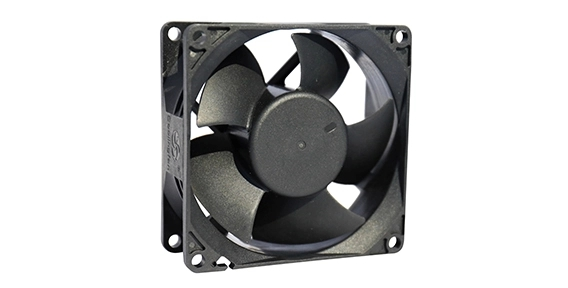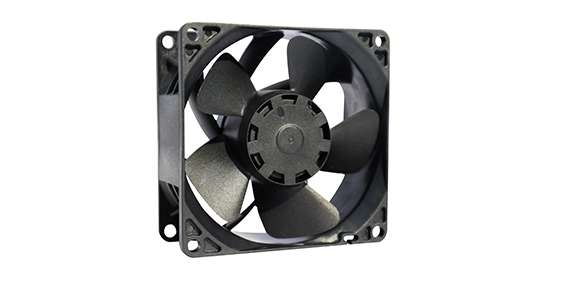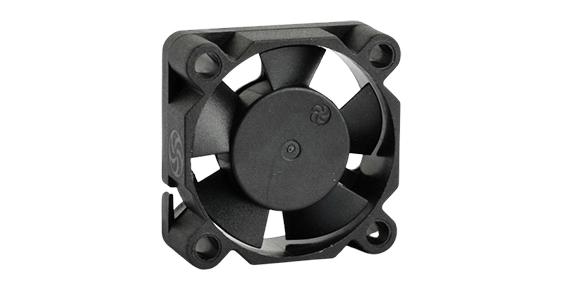Centrifugal blower fans are widely used in various indoor applications due to their ability to generate high air volumes and pressures. However, their operation can often be accompanied by noise and vibrations, which can be disruptive and detrimental to the performance of the equipment and the comfort of those in the vicinity. Therefore, it is crucial to implement effective noise and vibration control measures in order to ensure smooth and silent operation of centrifugal blower fans. This article will explore the importance of noise and vibration control in indoor applications of centrifugal blower fans and discuss techniques for identifying and mitigating vibrational issues. Additionally, it will highlight vibration isolation techniques that can help in ensuring smooth and silent centrifugal blower fan performance.
The Importance of Noise and Vibration Control in Indoor Applications of Centrifugal Blower Fans
In indoor applications, such as HVAC systems, industrial processes, and ventilation systems, the noise and vibrations generated by centrifugal blower fans can have significant repercussions. Excessive noise can cause discomfort and irritation to individuals working or residing in the vicinity, leading to decreased productivity or even health issues. Similarly, vibrations can result in equipment wear and tear, causing premature failure and increased maintenance costs. Therefore, it is crucial to prioritize noise and vibration control measures when using centrifugal blower fans in indoor applications.
Techniques for Identifying and Mitigating Vibrational Issues in Centrifugal Blower Fans
Identifying and mitigating vibrational issues in centrifugal blower fan require a systematic approach. Firstly, it is important to conduct a thorough analysis of the fan's operating conditions, including rotational speed, airflow rate, and system layout. This analysis can help identify potential sources of vibrations, such as unbalanced rotating parts or misalignment.
Once the sources of vibrations are identified, appropriate mitigation measures can be implemented. These may include balancing the rotating components, aligning the fan properly, or adding damping materials to reduce vibrations. Additionally, regular inspection and maintenance of the fan can help to prevent potential vibrational issues before they escalate.

Vibration Isolation Techniques: Ensuring Smooth and Silent Centrifugal Blower Fan Performance
Vibration isolation techniques play a vital role in ensuring smooth and silent performance of axial cooling fan. These techniques involve isolating the fan from its surrounding structures to minimize the transfer of vibrations. One common technique is the use of vibration isolation mounts, which are rubber or spring-based elements placed between the fan and its mounting surface. These mounts absorb and dissipate vibrations, preventing them from spreading to the surrounding structure.
Another effective vibration isolation technique is the use of flexible connections in the ductwork. Flexible connections, such as flexible couplings or expansion joints, allow for movement and flexibility, reducing the transmission of vibrations from the fan to the rest of the system.
Furthermore, the selection and installation of appropriate housing materials can also contribute to vibration isolation. Using materials with high sound absorption properties, such as acoustic insulation panels, can help to minimize noise propagation.
In conclusion, noise and vibration control are crucial considerations in indoor applications of centrifugal blower fans. Excessive noise and vibrations can lead to discomfort, decreased productivity, and increased maintenance costs. Therefore, identifying and mitigating vibrational issues through proper analysis and maintenance are essential. Implementing vibration isolation techniques, such as vibration isolation mounts and flexible connections, can further ensure smooth and silent operation of centrifugal blower fans. By prioritizing noise and vibration control measures, manufacturers and users can enhance the performance and longevity of their centrifugal blower fan systems.


 EN
EN 

 +
+
 +
+
 +
+



